En route to the NBC-HWC credential exam in July, I continue to hike weekly to provide massive self-care as I digest copious amounts of study material. During the past three weeks, I’ve examined the Transtheoretical Model of Change (TTM) and how it relates to my recent activities. They include hikes to the ridge above Thompson Lake, Annette Lake, Teneriffe Falls, and an archery experience at The Nock Point for Father’s Day. The big takeaway is identifying what stage of change someone is in to help them move from resistance to growth.

Pre-Contemplation Stage of Change: “I can’t/I won’t”
The first stage of change in the Transtheoretical Model (TTM) is Pre-contemplation. In this stage, people may not even be aware they need to change. Often accompanied in this stage of change are the phrases, “I can’t…” or “I won’t…” Someone caught in a toxic job situation, for example, may find real excuses for why they can’t leave it right now, usually involving fear of letting people down or surviving without a paycheck.
Perhaps now is a horrible time to give up alcohol, chocolate, or smoking because of excessive stress. Or it’s way too hard to think about exercising because of the recent losses of friends, a pet, or close family members. The best way to converse with people using “I can’t” or “I won’t” is to provide compassion and support. No amount of cajoling will make them change until they’re ready to use a different language.
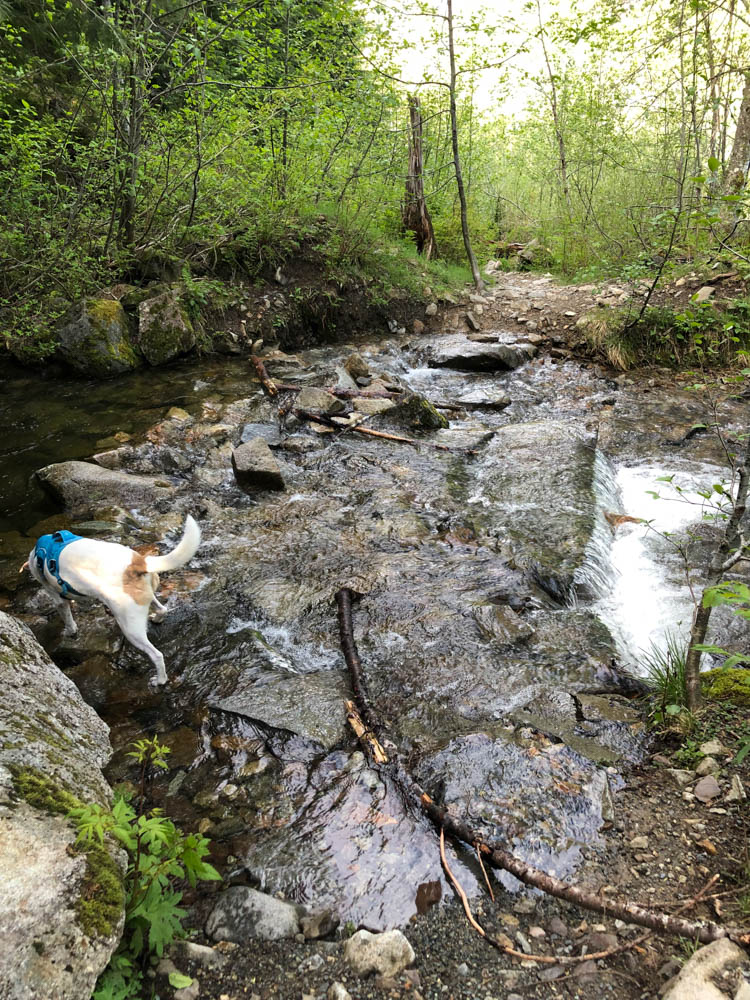
Granite Creek Connector to Thompson Lake Ridge
I recently experienced “I can’t” on June 6 when Ajax and explored Granite Creek on the way to Granite Lakes. We came across 36 rivulet crossings, but the only one that turned us around was the raging creek above which proved to be too much for Ajax. Discouraged, I knew we couldn’t reach Granite Lakes safely.
A quarter mile behind us was a junction for Thompson Lake. Knowing nothing about the side trail, but aware that we had an hour until my turn-around time, I turned “We can’t” on its ear with, “Let’s explore another option.” After 40 more minutes, we stopped for a short snack deep in the woods. When I headed back the way we came, Ajax refused to follow, just like he had on our previous trip to McClellan Butte.
Ajax’s Sixth Sense
What did he know that I didn’t? Relenting, we continued for nine more minutes — reaching the ridge between Thompson Lake basin on one side and Granite Lakes on the other. My mood soared. We couldn’t reach a lake that day, but we’d found another way to reach our own “peak” and identify two more hikes for later this summer. I took it as a win, reframing the failure to reach a lake as a successful and fun outing nonetheless.
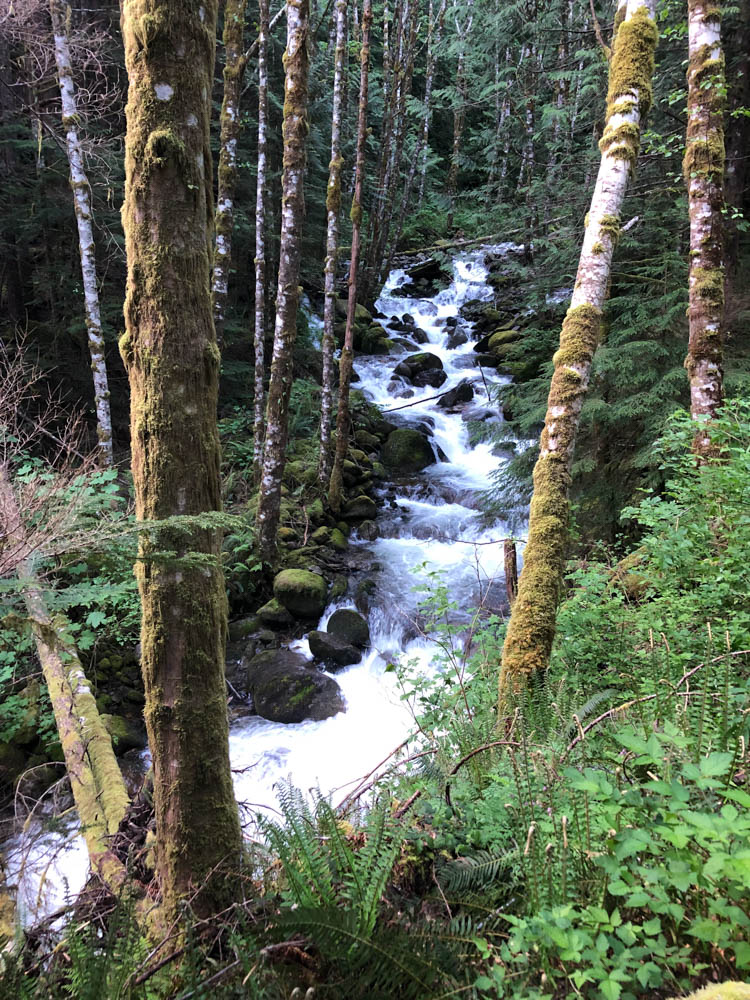
If you find yourself in the “I can’t” stage, some possible strategies to use to move forward include the following: 1. Reframe your behavior by talking with others about it. 2. Analyze yourself and your actions. 3. Assess any short-term or long-term risks of your current behaviors. Then ask yourself two crazy questions: What’s GOOD about changing, and what’s BAD about staying the same? These answers may help you shift to the second stage of change.
Contemplation Stage: I May
The second stage is Contemplation. In this stage, people weigh the pros and cons of changing and may still find the negatives outweighing the positives. Often accompanying this stage are the phrases, “I may….”, “I might…” or “I could…” Someone thinking about establishing a consistent hiking program, for example, might come up with possibilities such as, “I could start hiking on Tuesdays.” Another person wanting to eat more vegetables might say, “I could add tomatoes or peppers to my omelets, sandwiches, or salads.”
Archery on Father’s Day
On Father’s Day, my husband wanted to go to the archery range. My first instinct was to say “I can’t; I’ve never done it before. But I’ll take pictures.” I remembered my commitment to hunt for BLING — including novelty — and changed my thoughts to, “If I try it, I might enjoy it.” It required shifting to a beginner’s mindset and embracing the possibility that I might feel awkward, nervous, and uncomfortable.
So I stepped outside my comfort zone and, sure enough, I got scolded for picking up my bow while the red light was still on. But instead of feeling bad about myself, I reminded myself, “It’s a safety precaution and you’re a total novice. Let yourself learn. You won’t make the same mistake twice.” By the end of the three hours, we’d moved the targets twice and improved our consistency. I am ready to go back and try again.

If you find yourself in the “I may” stage of change, some possible strategies for moving forward include writing down the pros on one side and the cons on the other. See if you can find a way to make the pros outweigh the cons. Identify any barriers to change, and examine whether you have the ability and readiness to change.
Preparation Stage of Change: I Will
In the third stage of change, a person is committed to taking action in the foreseeable future. In this “I will” stage, people often start by “trying on” tiny steps, including writing down goals and collecting information.
When I was trying to establish a more consistent hiking practice in January, I contacted several people to see if they would be interested in joining me on Squak Mountain on Tuesdays. Six months later, people are finally taking me up on the offer. I may have been ready then; they’re ready now. I’ll take it!

The fascinating thing about the TTM is there is no linear progression through change. The hardest part is shifting from pre-contemplation to contemplation. You might be in contemplation for a very long time. Or, overnight, you might have some inspiration — such as a health scare — that rockets you from pre-contemplation into action. It’s also common to be ready, willing, and able to change in one area of your life, but not in another.
Nothing Succeeds Like Success
Now that my college friend and I have had three successful summers of hiking together (see Olallie Lake, Snow Lake, and Annette Lake) we’ve created a streak that will make it easier to continue next summer. Nothing succeeds quite like success. I know we will find a way to make it happen in the future when she’s back in town.
And now that my daughter is home for the summer, we will find mid-week days to hike. My January goal has become a June reality. “I will” has become “I am.”

If you find yourself in the “I will” stage, write down some goals or intentions, from smallest and easiest to biggest and most meaningful. Consider making a collage or visual depiction that represents what you want. Post motivating statements or reminders to yourself — in the car, on the bathroom window, or even the fridge. Develop an action plan that includes a starting date. Collect information about the benefits of making your change, and share your intention with someone.
Action Stage: I Am
In the action stage of change, you are taking direct actions to accomplish your goals. While I have been in the maintenance phase of physical activity for decades, for creating a consistent hiking habit, I am in the action phase.
To make this phase more enjoyable (and therefore more likely to maintain year-round), I am actively seeking learning opportunities every time I go out. For my new-to-me Thompson Lake hike, I explored a side trail when I couldn’t reach my goal destination. On the Annette Lake trail, I shot photos of pack goats, something I’ve never seen before. And on our hike to Teneriffe Falls, I went without Ajax on an overcast Friday afternoon.
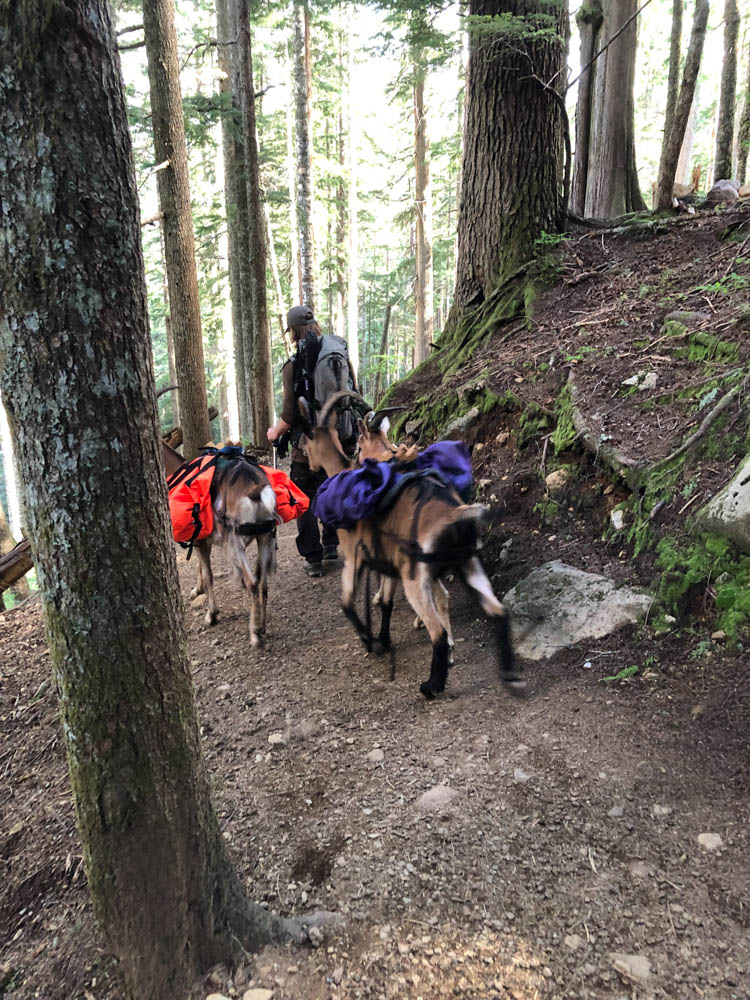
If you find yourself taking action, remember to reward yourself with non-food items for every success. Actively seek out social support to maintain your enthusiasm. Keep going!
Maintenance Stage: I Still Am
The final stage in the TTM of change is maintenance, represented by, “I still am.” In this stage, you have been able to maintain the behavior for at least six months, and you have proven ways to avoid temptation such that you rarely think of old habits. An example for me is having given up a game app in December. I rarely even think of it anymore, but it was incredibly hard going without it for the first month.
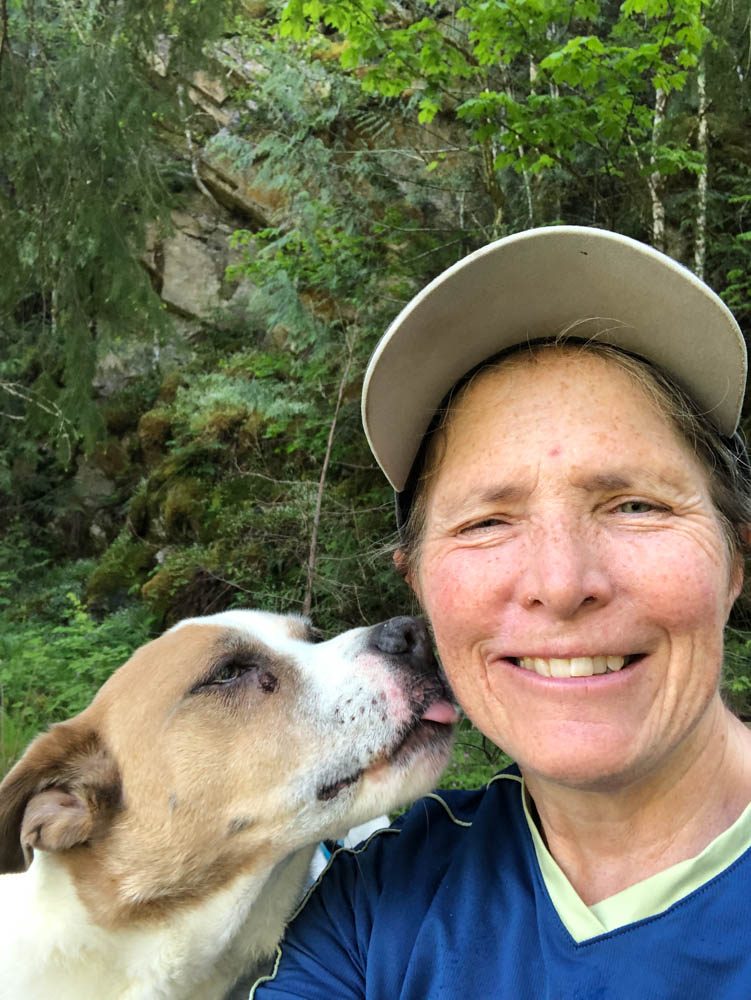
In this stage, I’ve found it wonderfully rewarding to help others experience nature, whether it’s through writing articles for the Mountaineer Magazine, introducing my daughter to new hiking trails, or mentoring novice hikers. I may have other areas of my life where I need to make changes — business expansion and technology are two of them — but as I get familiar with how change works in areas where I’ve succeeded, I learn that I have the tools and knowledge within to make changes in other areas.
If you have found this article helpful, please forward to your friends or consider posting a comment. I love hearing from readers.

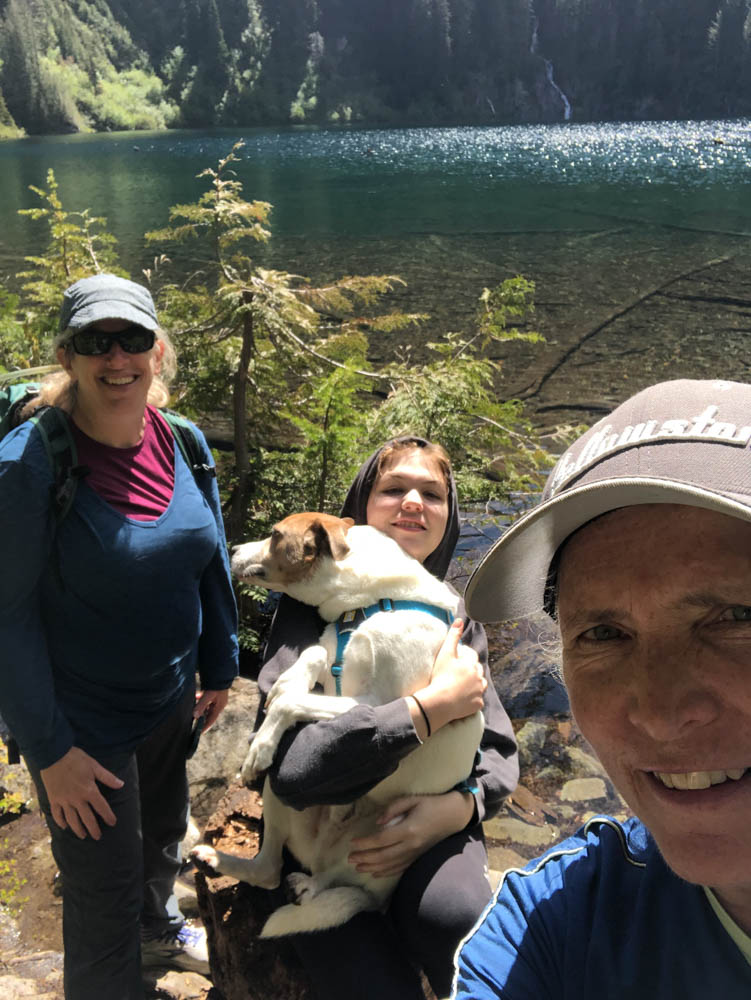
As I read this article, I really enjoyed your narrative of personal experiences. Part of the essence that comes to mind is that everything is in a constant state of flux and everything is in a state of relationship. Going with that flow, while at times guiding that flow is both an art and a learned skill. Knowing where we are in the stages can open awareness of possibilities and action. In our years working together I have grown to have an appreciation of your presence and skill in support by bringing to light perceptions, self-talk, options, and a healthy understanding of incremental manageable steps, priorities and choices. A great article!
Great article, Court.
Thanks so much for your comment and support! That’s exactly what I aim to do. Appreciate you taking the time to reflect. Change on!
Great article.. all the best for your exam. Always thinking of you…yes i am still hiking & backpacking
Thanks so much, Silvie-Marie! It will be over before I know it and I’ll be back to weekly posts. Appreciate you commenting!
The photos of Ajax in his hat and the goats in their packs made my day!
Terrific post.
Thanks for your comment, Elena! Glad they hit the happy place. Best to you and I appreciate you!